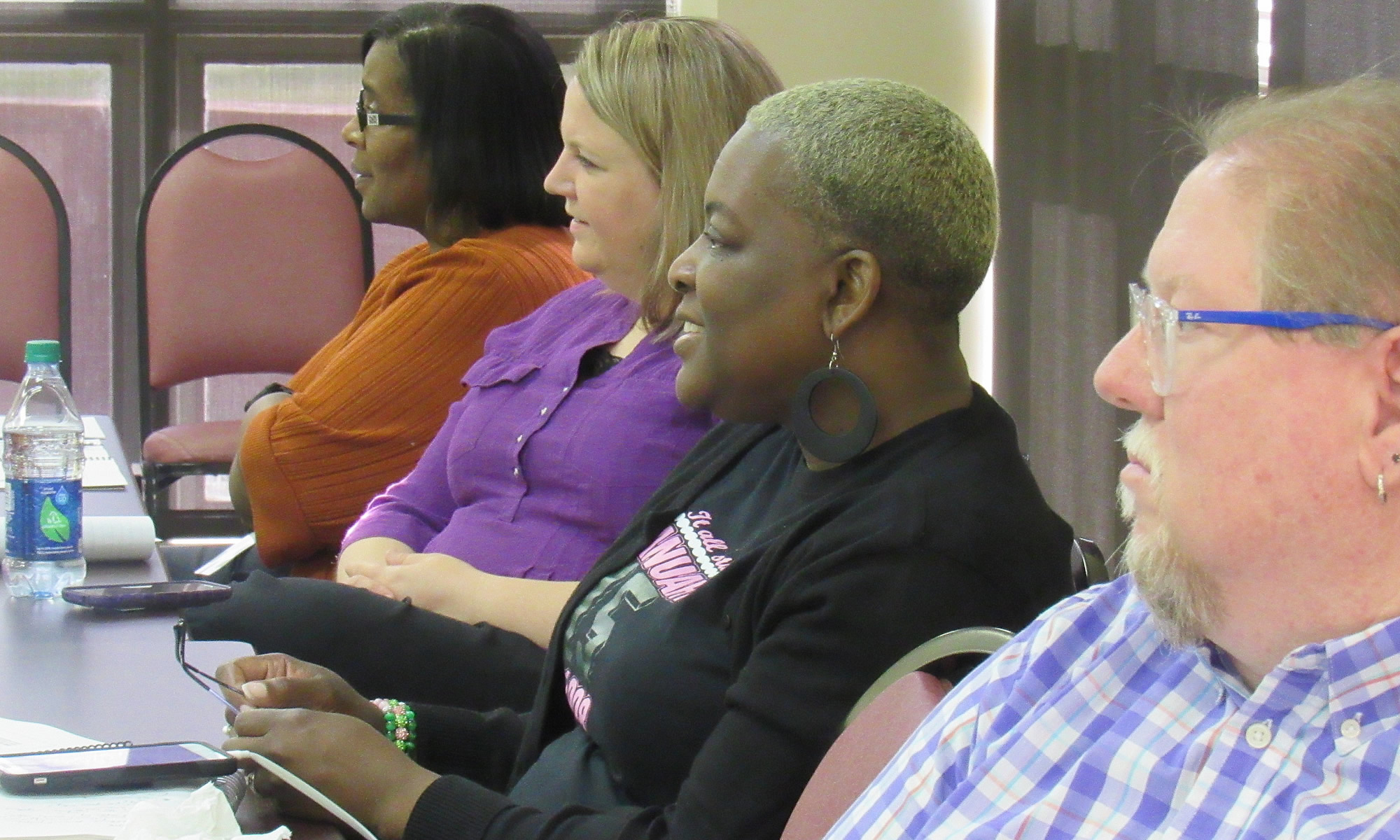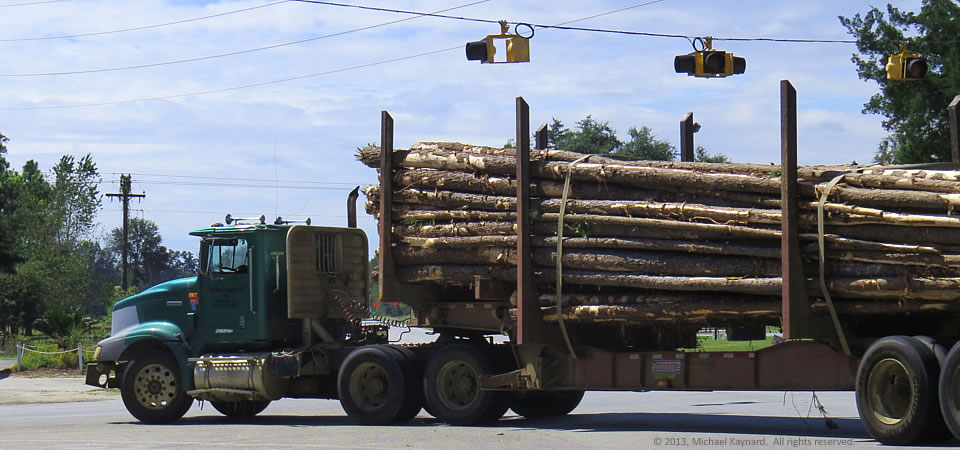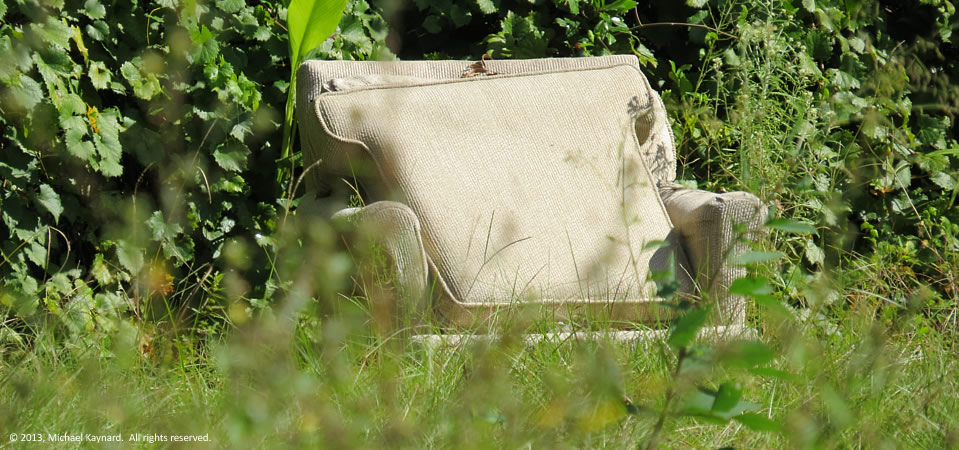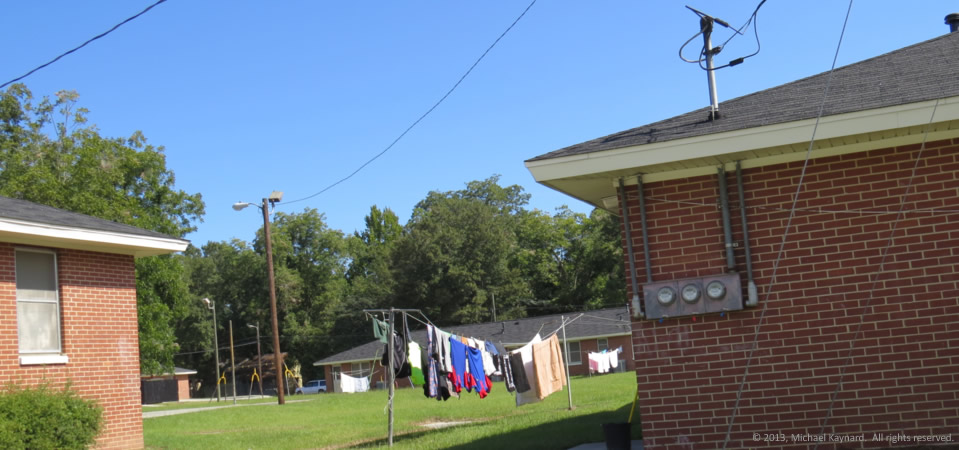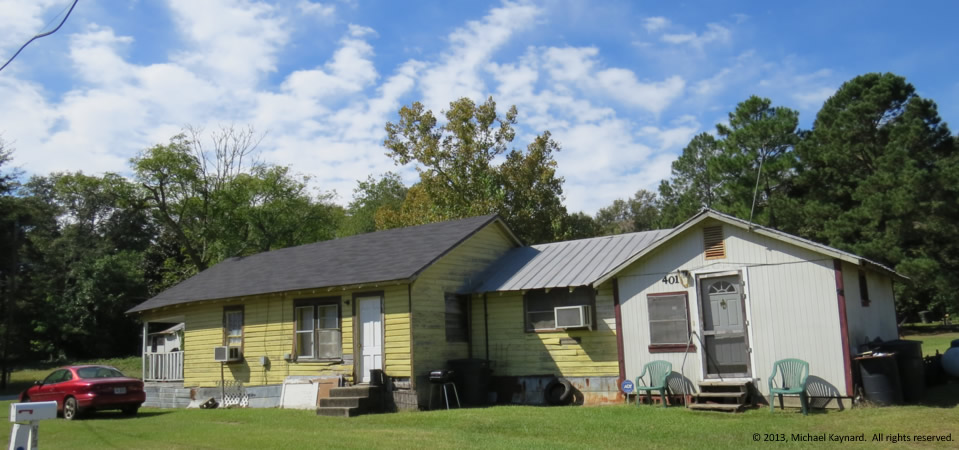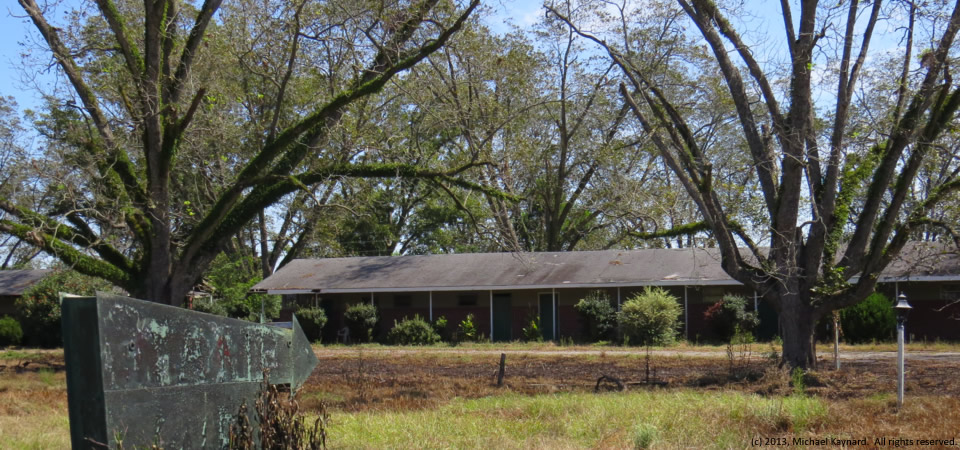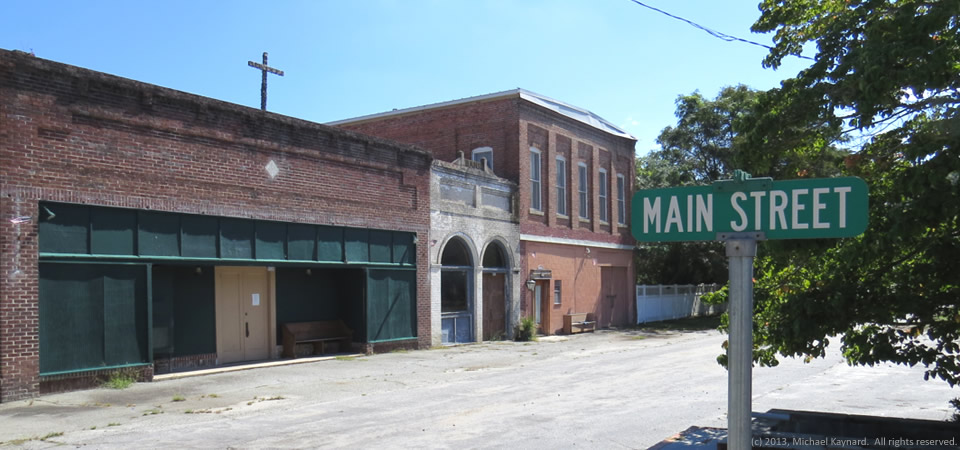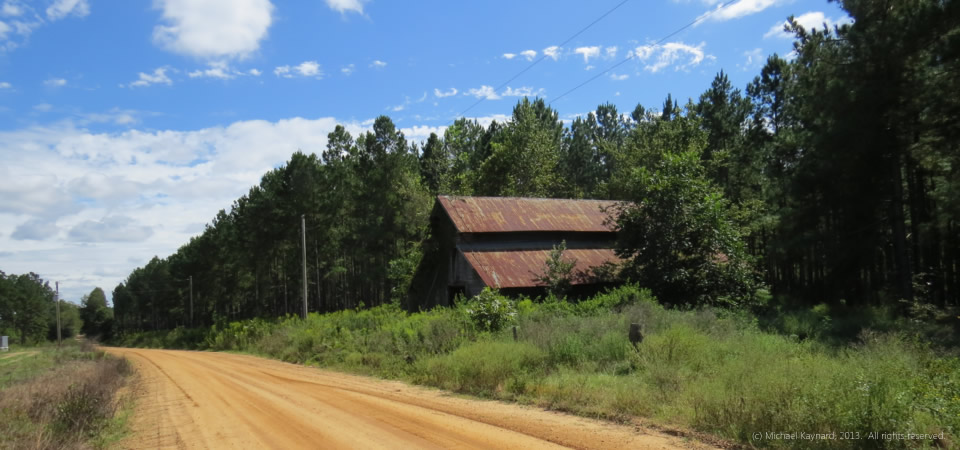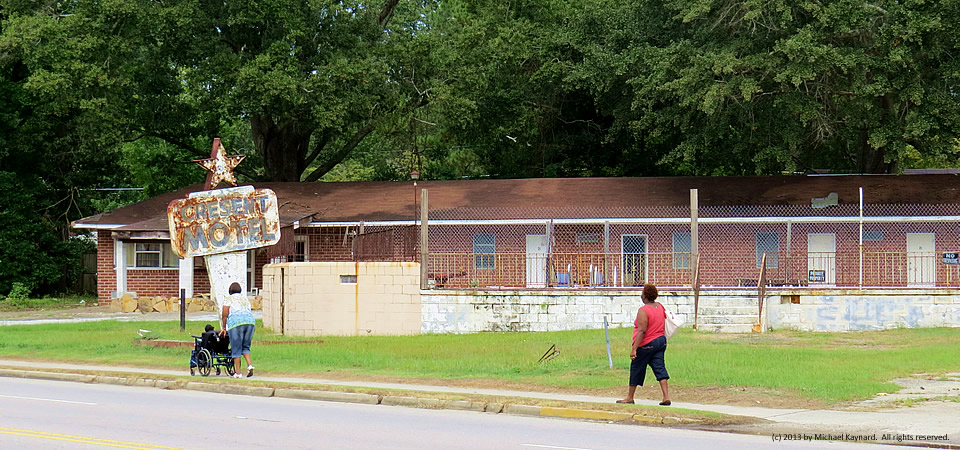
Perhaps this image is the perfect characterization of poverty throughout the Southern Crescent. Not only is the word “crescent” misspelled in the sign outside this seemingly-abandoned motel in Allendale, S.C. But upon close scrutiny, it’s clear people are actually living in the rooms of this dilapidated place.
NOTE: This photo originally ran in September 2013, but we’re republishing today to remind people about the depth of poverty throughout the Southern Crescent.
Rural Allendale County in South Carolina’s southwest corner as one of the Crescent’s highest poverty rates — more than 40 percent of people live below the federal poverty level. The median household income is about $23,000 a year — half of South Carolina’s average and well below the nation’s $50,000 average.
- More about Allendale County from QuickFacts from the U.S. Census.
Photo by Michael Kaynard, Sept. 22, 2013. All rights reserved.
